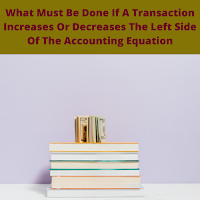Declared And Paid Cash Dividend Journal Entry

When the company or corporation earns Net Income or Net Profit for the period, then the board of directors decide to declare Dividend to shareholders / stockholders. A dividend is always declared and paid to shareholders or stockholders, only and only, if the company earns net income for the accounting period. In case of net loss, dividend is not declared and not paid to shareholders or stockholders. Dividend for the period is paid to shareholders or stockholders out of Retained Earnings in a company or corporation. It is to be noted that a dividend is not an Expense Account but a Personal Account and a Contra Equity Account . Also, it is a Temporary Account and closed to retained earnings account. When dividend is declared, then the company is liable to pay to shareholders. Following journal entry is recorded for Dividend declared but not yet paid to shareholders / stockholders: Dividen












